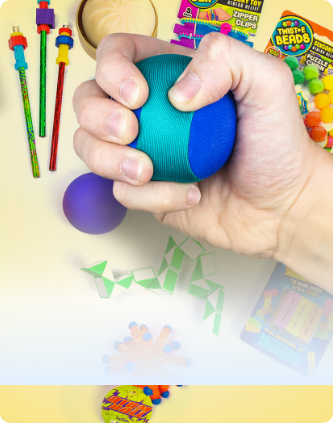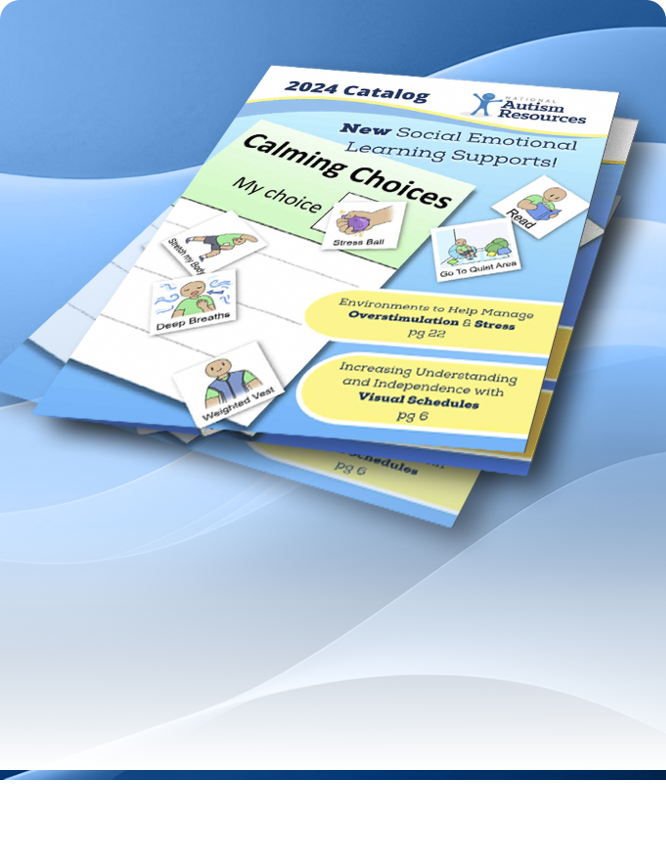Worries are a Big Deal for Special Students
Posted by Kari Dunn Buron MS, Autism Education Specialist on Jan 5th 2021

When children experience high levels of stress and anxiety, it can lead to a number of unwanted outcomes, including explosive behavior. High levels of stress and big emotions related to poor social negotiation skills, difficult educational demands, upsetting sensory issues, and general frustration are more common than you might think. According to the 2013 report by the Center for Disease Control, anxiety is the most frequent of all mental disorders in children.
In my work with children who experience anxiety, I have found that often parents, teachers, and therapists respond to the unwanted behavior without recognizing the need to address the underlying anxiety. For example, a teacher might respond to a screaming child by saying, “make a good choice” or “that behavior is not OK” or “use your words”. These responses assume the child has the skills needed to make that choice or to verbally communicate the overwhelming feeling she is experiencing.
More than any other issue, a loss of emotional control can impact how peers and adults think about a child. A well meaning adult might view the child as “difficult” and an otherwise caring peer might become fearful of being around him. These responses can greatly hinder the child’s social and academic success in school. Lack of understanding and rejection can actually lead to increased stress and result in chronic worry, where the child experiences ongoing low levels of anxiety in environments that require flexible social thinking or problem solving.
It is therefore critical that we help children to learn about and control their emotions, in a safe, direct and yet non-judgmental way.
When My Worries Get Too Big! is a book written to help parents, teachers and therapists support a highly anxious child, using a systematic and cognitive approach. The idea is to teach the child what anxiety is; how anxiety feels; what situations typically cause him to feel that way; and what to do about the feeling before it gets too big.
It uses a story format to introduce young children to the idea of worries, and how sometimes worries get so big that it is too hard to control them. The book then gives the child an opportunity to label and define her own levels of worry. Finally, the story introduces a systematic relaxation sequence for the child to practice prior to events that might typically cause big emotions.







